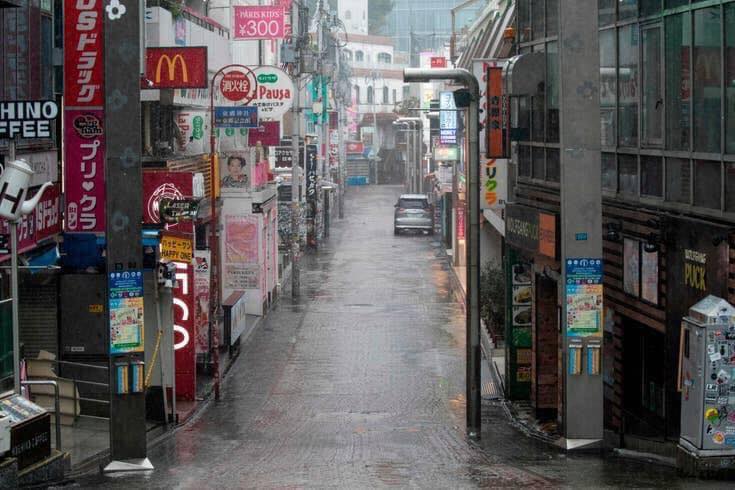
Japan was struck by Typhoon Hagibis on Saturday and over 110,000 rescuers are now participating in the search and rescue operations.
The rescuers, comprised of thousands of police officers, fire fighters, coast guard, and military, are working to help those trapped by landslides and floods in Japan following Typhoon Hagibis, the worst storm to hit Japan in decades. The typhoon left at least 37 people dead and 20 missing.
The typhoon brought destruction to eight prefectures across the country with wind speeds of up to 22 kilometers per hour. Although it has weakened and moved away from land, its destruction lingered.
In the central prefecture of Nagano, some rescuers had to wear snorkels and googles to search for survivors in waist-high water. Meanwhile, 10 high speed trains worth $30 million each were submerged in flood at a train depot in the prefecture.
According to the Office of the Prime Minister, rescuers will place increased efforts on "houses isolated by floods... and search for those unaccounted for". As of today, about 92,000 households remain without power, down from 262,000 households on Sunday, with 120,000 experiencing water outages.
At the peak of the storm, over 7 million people were called on to evacuate their homes but only around 50,000 stayed in shelters. Over 1 meter of rain fell in the town of Hakone, recording the highest total in Japan over 48 hours.
Three Rugby World Cup matches were also canceled due to the storm but the key match between Japan and Scotland pushed through. Japan defeated Scotland 28-21 to reach the quarter-finals for the first time.
Japan coach Jamie Joseph paid tribute to the typhoon's victims after the game, saying: "Everyone who is suffering with the typhoon, this game was all for you guys. The crowd was massive for us, and today was more than just a game."
Typhoon Hagibis came after Typhoon Faxai devastated several parts of the country, damaging 30,000 homes, most of which have not yet been repaired.






